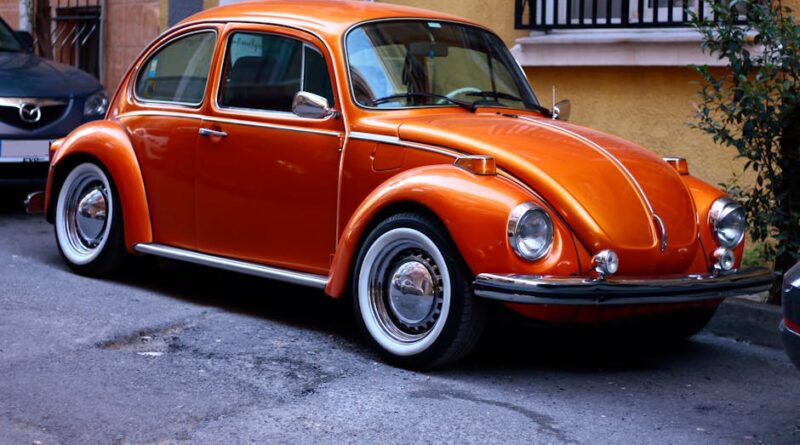How to Maintain Your Cars Original Paintwork
When you invest in a car, whether it’s a brand new model or a cherished classic, maintaining its original paintwork is essential for preserving its beauty and value. Over time, a car’s exterior can be subjected to various elements such as sunlight, dirt, dust, bird droppings, and road debris, all of which can take a toll on the paint job. In this comprehensive guide, we will explore the best practices and tips on how to maintain your car’s original paintwork, ensuring it looks pristine for years to come.
The Importance of Maintaining Your Car’s Paintwork
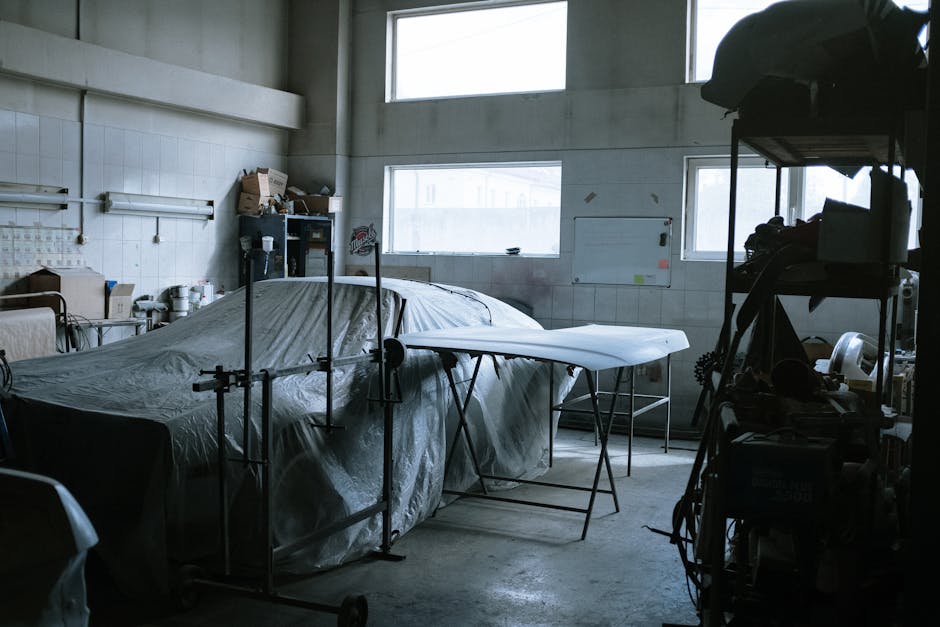
Let’s start by understanding why it’s crucial to maintain your car’s original paintwork. The paint on your car serves more than just an aesthetic purpose; it acts as a protective layer that shields the metal body from rust and corrosion. Neglecting your car’s paintwork can lead to issues such as fading, peeling, and ultimately, structural damage to the vehicle. Additionally, a well-maintained paint job can significantly enhance the overall appearance and resale value of your car.
Regular maintenance of your car’s paintwork can also save you money in the long run by preventing the need for costly repaints or repairs. By following a few simple steps and incorporating good habits into your car care routine, you can keep your vehicle looking like new for years to come.
Washing and Drying Your Car
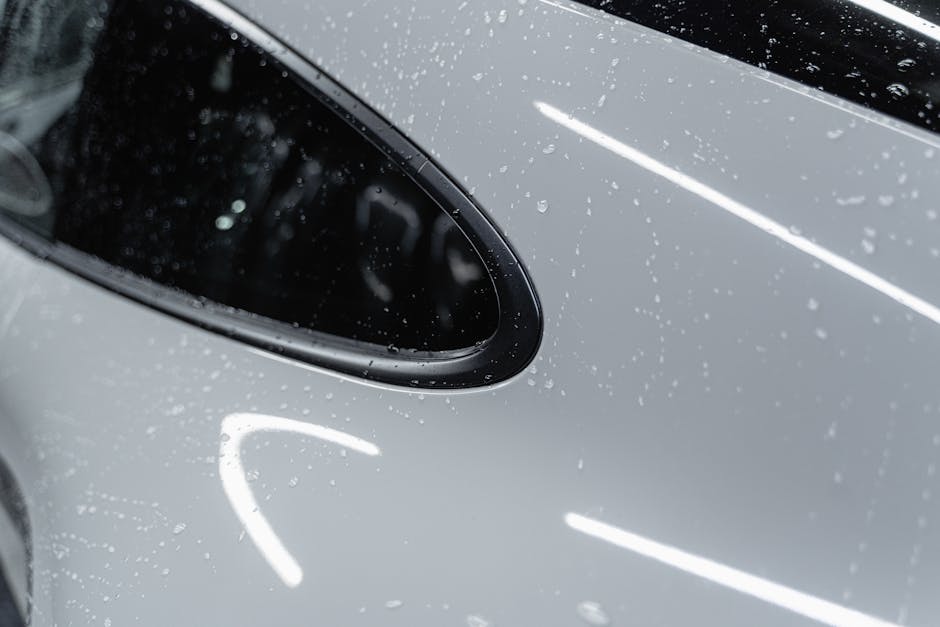
One of the most basic yet essential steps in maintaining your car’s paintwork is regular washing and drying. Washing your car removes dirt, dust, and other contaminants that can cause abrasions and scratches on the paint surface. Here are some tips to keep in mind when washing your car:
- Use a pH-neutral car shampoo to avoid stripping off the wax or sealant on the paint.
- Start by rinsing the car with water to loosen dirt and debris.
- Wash the car using a clean microfiber wash mitt or sponge, working from the top down to prevent scratches.
- Rinse the car thoroughly with clean water to remove all soap residue.
After washing, it’s crucial to dry your car thoroughly to prevent water spots and mineral deposits from forming on the paint. Use a soft microfiber towel or chamois to gently dry the surface, again working from the top down. Avoid drying your car in direct sunlight, as this can cause water spots to form quickly.
Polishing and Waxing
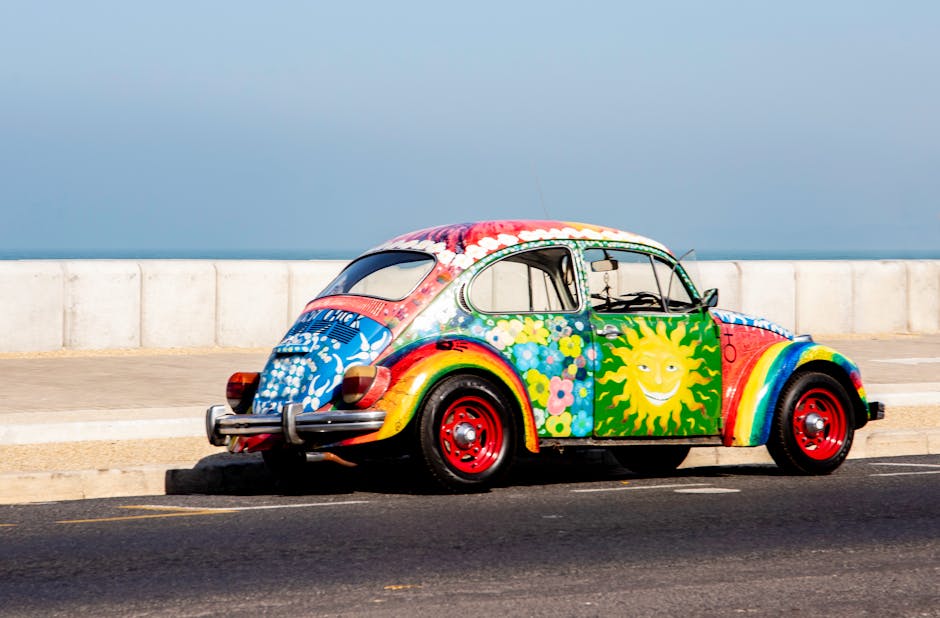
Polishing and waxing are essential steps in maintaining your car’s paintwork and enhancing its shine. While polishing helps remove minor imperfections and swirl marks from the paint, waxing provides a protective layer that seals the paint and adds gloss. Here’s how to polish and wax your car effectively:
- Choose a high-quality polish and wax suitable for your car’s paint type (clear coat, single-stage, etc.).
- Apply a small amount of polish to a foam applicator pad and work it into the paint surface using circular motions.
- Buff off the polish residue with a clean microfiber towel to reveal a smooth and glossy finish.
- Apply a coat of wax using a separate applicator pad, following the same circular motion technique.
- Allow the wax to dry to a haze before buffing it off with a clean microfiber towel for a brilliant shine.
Regular polishing and waxing not only protect your car’s paintwork but also give it a deep, lustrous finish that will turn heads wherever you go.
Protecting Your Car from Environmental Damage
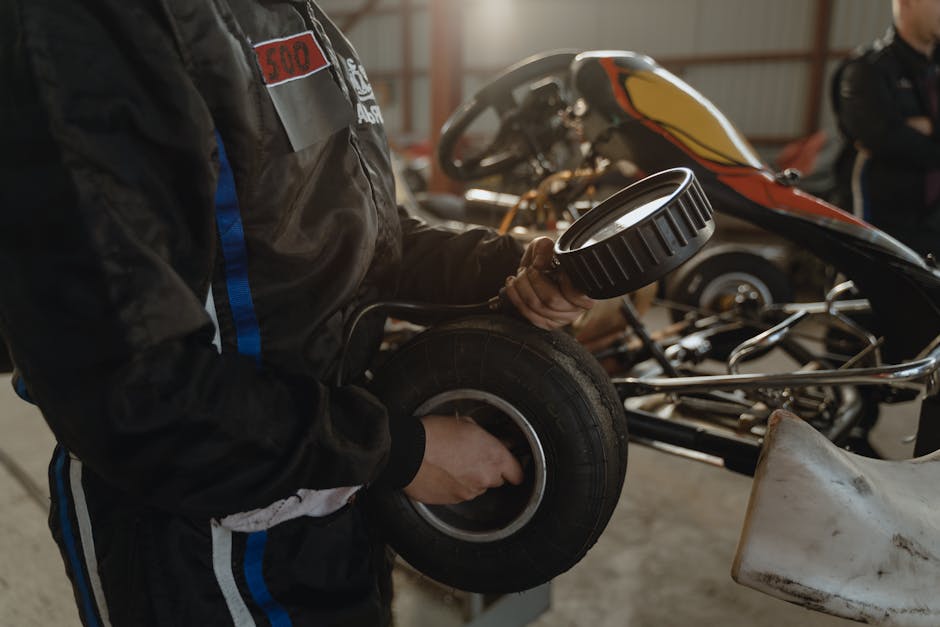
Your car’s paintwork is constantly exposed to environmental elements that can cause damage over time. UV rays from the sun, acid rain, tree sap, bird droppings, and road salt are just a few of the hazards that can harm your car’s paint. To protect your car from environmental damage, consider these tips:
- Garage your car whenever possible to shield it from the sun’s harsh rays and other elements.
- Apply a ceramic coating or paint protection film to create a barrier against environmental contaminants.
- Regularly inspect and clean your car to remove bird droppings, tree sap, and other contaminants that can etch into the paint.
By taking proactive measures to protect your car’s paintwork, you can extend its lifespan and maintain its original beauty for years to come.
Dealing with Scratches and Swirl Marks
No matter how careful you are, scratches and swirl marks can still appear on your car’s paintwork. While some scratches may require professional repair, minor imperfections can be addressed at home with the right tools and techniques. Here’s how you can deal with scratches and swirl marks:
- Use a scratch remover or touch-up paint to fill in minor scratches and chips on the paint surface.
- Polish the affected area with a dual-action polisher to blend in the touch-up paint and restore a smooth finish.
- For swirl marks, use a dedicated swirl remover polish and a finishing pad to eliminate the fine scratches and restore gloss.
It’s essential to tackle scratches and swirl marks promptly to prevent them from worsening and causing further damage to your car’s paintwork.
Professional Detailing Services
For those who want to go the extra mile in maintaining their car’s paintwork, professional detailing services offer a comprehensive solution. Detailing involves a thorough cleaning, polishing, and protection of your car’s exterior to restore its original shine and luster. Professional detailers use specialized tools and products to achieve superior results that can’t be replicated with DIY methods.
When choosing a detailing service, be sure to inquire about the products and techniques they use, as well as their experience and reputation in the industry. A reputable detailing service can help you preserve your car’s paintwork and keep it looking showroom-ready.
Common Misconceptions About Paint Care
There are several misconceptions surrounding car paint care that can lead to ineffective or damaging practices. One common misconception is that washing your car with dish soap is safe and effective. In reality, dish soap can strip off the protective wax layer on your car’s paint, leaving it vulnerable to damage.
Another misconception is that waxing your car too frequently can harm the paint. While over-waxing is unnecessary and can lead to buildup, applying a coat of wax every three to six months is recommended to maintain protection and shine.
By dispelling these misconceptions and following proper car care practices, you can ensure your car’s paintwork remains in top condition for years to come.
Conclusion
To wrap things up, maintaining your car’s original paintwork is a vital aspect of car care that can enhance its appearance, protect against damage, and preserve its value. By following a regular washing and detailing routine, protecting your car from environmental hazards, and addressing scratches and swirl marks promptly, you can keep your car looking pristine for years to come. Whether you choose to DIY or opt for professional detailing services, investing time and effort in maintaining your car’s paintwork will pay off in the long run.
Remember, your car’s paintwork is a reflection of how well you care for your vehicle, so treat it with the attention and respect it deserves. With the right techniques and products, you can enjoy a beautiful and well-maintained paint job that will turn heads on the road.

